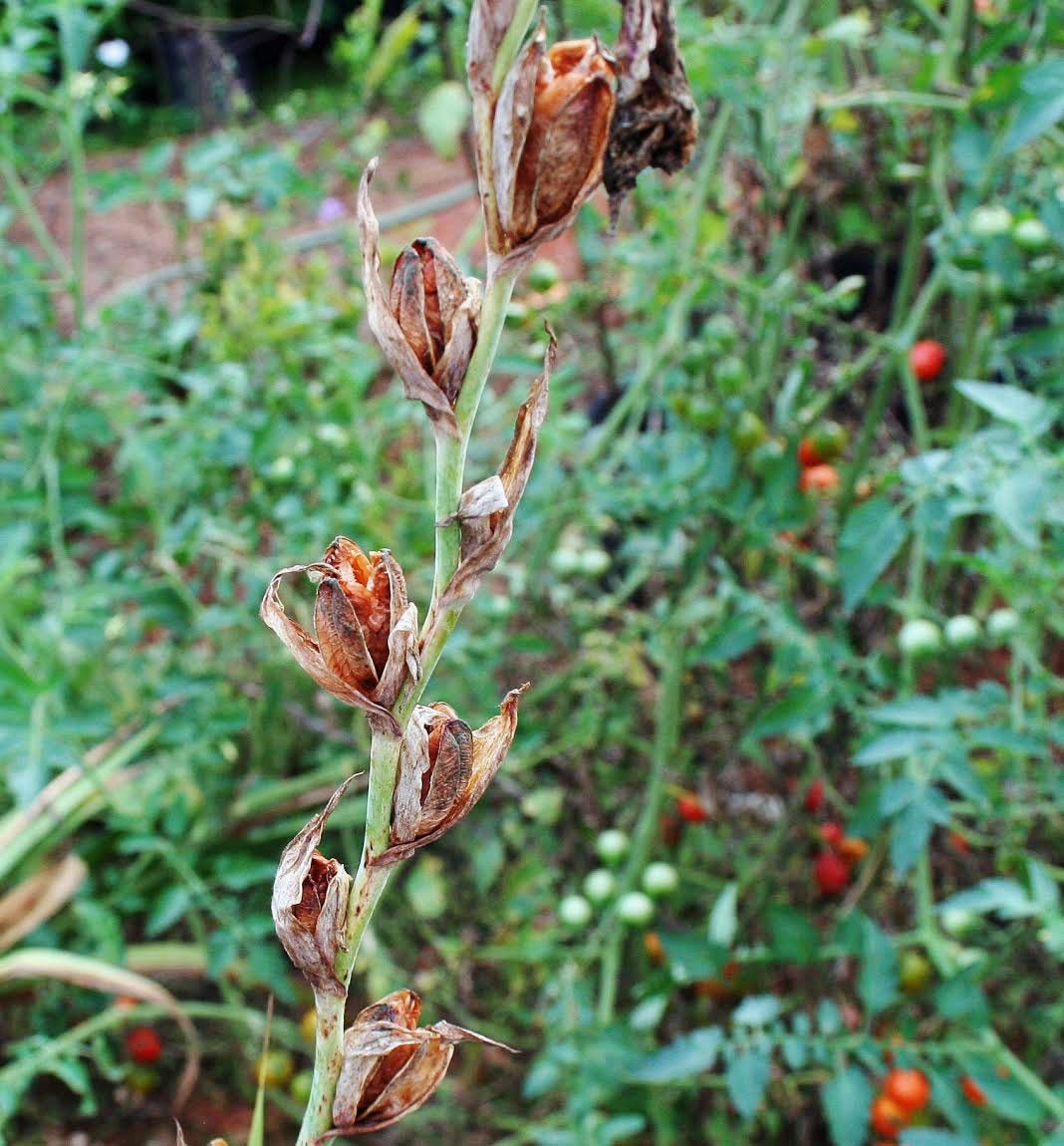Gladiolus Seed Pods: Harvesting Gladiolus Seeds For Planting


Gladiolus don't always produce a seed pod but, in ideal conditions, they can grow little bulblets that have the appearance of seed pods. Most plants that grow from corms or bulbs will produce offsets or bulblets that can be divided away from the parent plant and grow separately. The seeds from these types of plants can be planted but will take years to produce, so it's much easier to start new plants from the bulblets or offsets themselves. You can, however, try saving gladiolus seeds to preserve a favorite variety and share it with other gardeners. It's easy to do, but the flowers are a long time coming.
Gladiolus Seed Pods
Gladiolus seed pods occur after the flowers are spent. They are small and innocuous, and most gardeners don't bother with them because glads grow so much more quickly from their bulbs. Starting gladiolus from seed is as easy as starting any other plant but the desired blooms will not come for many years. Far easier is to dig away some of the little bulblets at the base of the parent plant. These will bloom in the next year. For determined gardeners, harvesting gladiolus seeds is a quick project but storing them is important to save the viability of the seed and keep them from molding, which can destroy the embryo. Most gardeners cut back the flower stalk after it has bloomed so the plant will channel its energy into the corms and not into a stem that will not bear again. Since this is standard practice, few gardeners ever get to see the seed pods which will develop after the petals have fallen. They take a few days to a week to swell up into the little green nubs that have seeds inside. The seed may or may not be viable and it could also be a hybrid of the parent plant and another gladiolus. The only way to be sure you have a clone is by using plant material such as the bulblets or tiny new corms that appear at the feet of the parent. Starting gladiolus by seed may result in a cross or hybrid of two different types of gladioli but even this can be a fun surprise and might produce a real standout plant.
Saving Gladiolus Seeds
Gladiolus seed pods are small and show up when the petals fall from the magnificent blooms. They dry out and fall off fairly quickly, so you need to keep an eye on the flowers in order to get to the seeds. Wait until the petals fall and the seed pods are brown before harvesting gladiolus seeds. Drying out and changing color from green to brown will signal that the seeds are ripe and ready to take. Remove the pods and crack them open over a bowl to catch the seed. Save the seeds in an envelope in a cool, dark location until spring. Winter sowing might work, but the new plants may also be damaged by frost. Starting gladiolus from seed in spring will give you a better chance at developing corms.
How to Plant Gladiolus Seeds
In late winter you can start the seeds indoors in flats. Around February, sow seeds in flats shallowly and sprinkle some fine sand over the tops. Keep the medium moderately moist in a warm, bright location. Seedlings will emerge in four to five weeks. Allow seedlings to develop a few true leaves before hardening them off. You can transplant them to a cold frame or wait until soil temperatures warm to 60 degrees F. (15 C.) before planting them into a prepared bed. If spring rain isn't adequate, supplement water regularly. It will take a few years before you get your first flowers but, in the meantime, the existing seedlings will throw off tiny corms of their own, doubling the flower display over time.
Sign up for the Gardening Know How newsletter today and receive a free copy of our e-book "How to Grow Delicious Tomatoes".

Bonnie Grant is a professional landscaper with a Certification in Urban Gardening. She has been gardening and writing for 15 years. A former professional chef, she has a passion for edible landscaping.